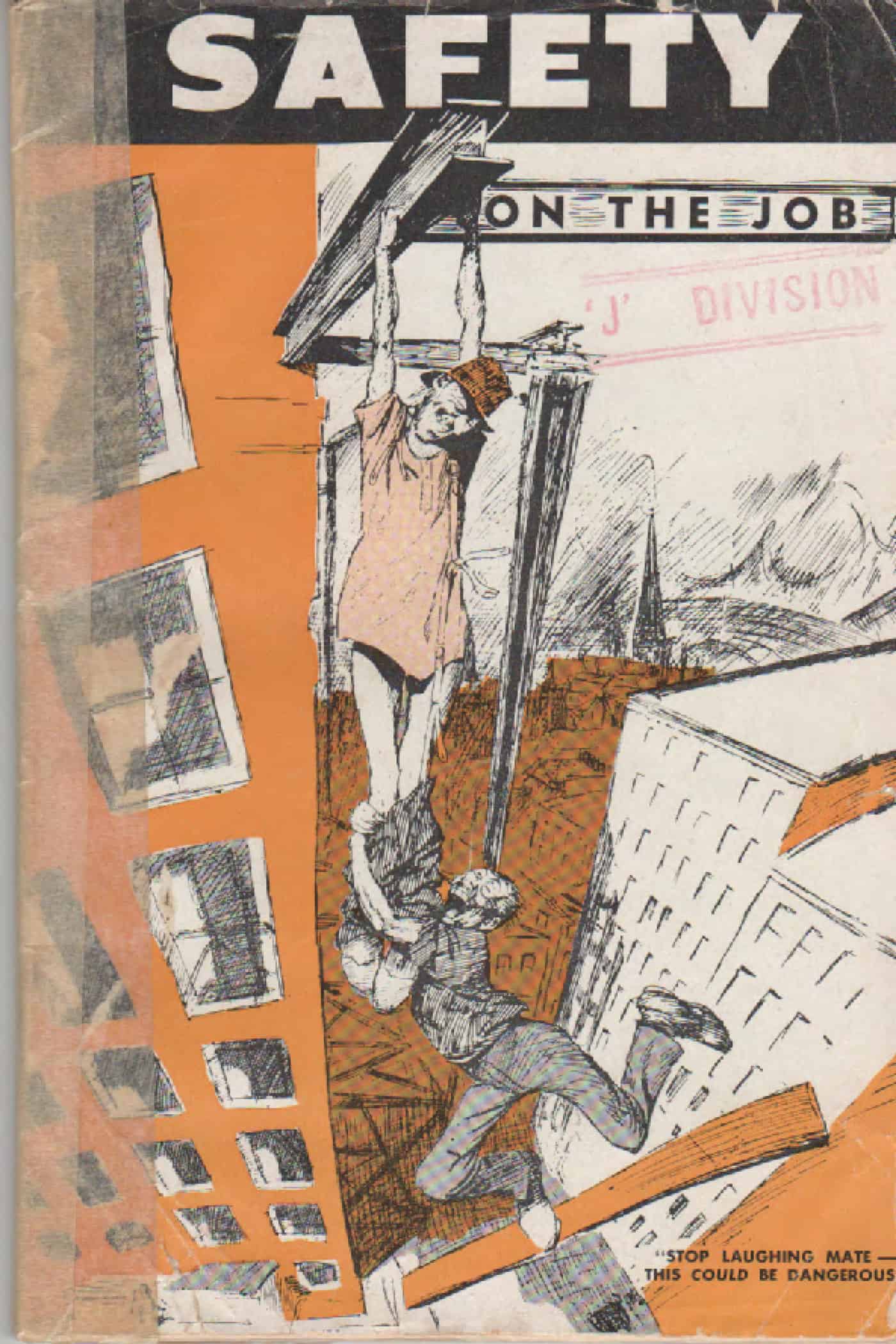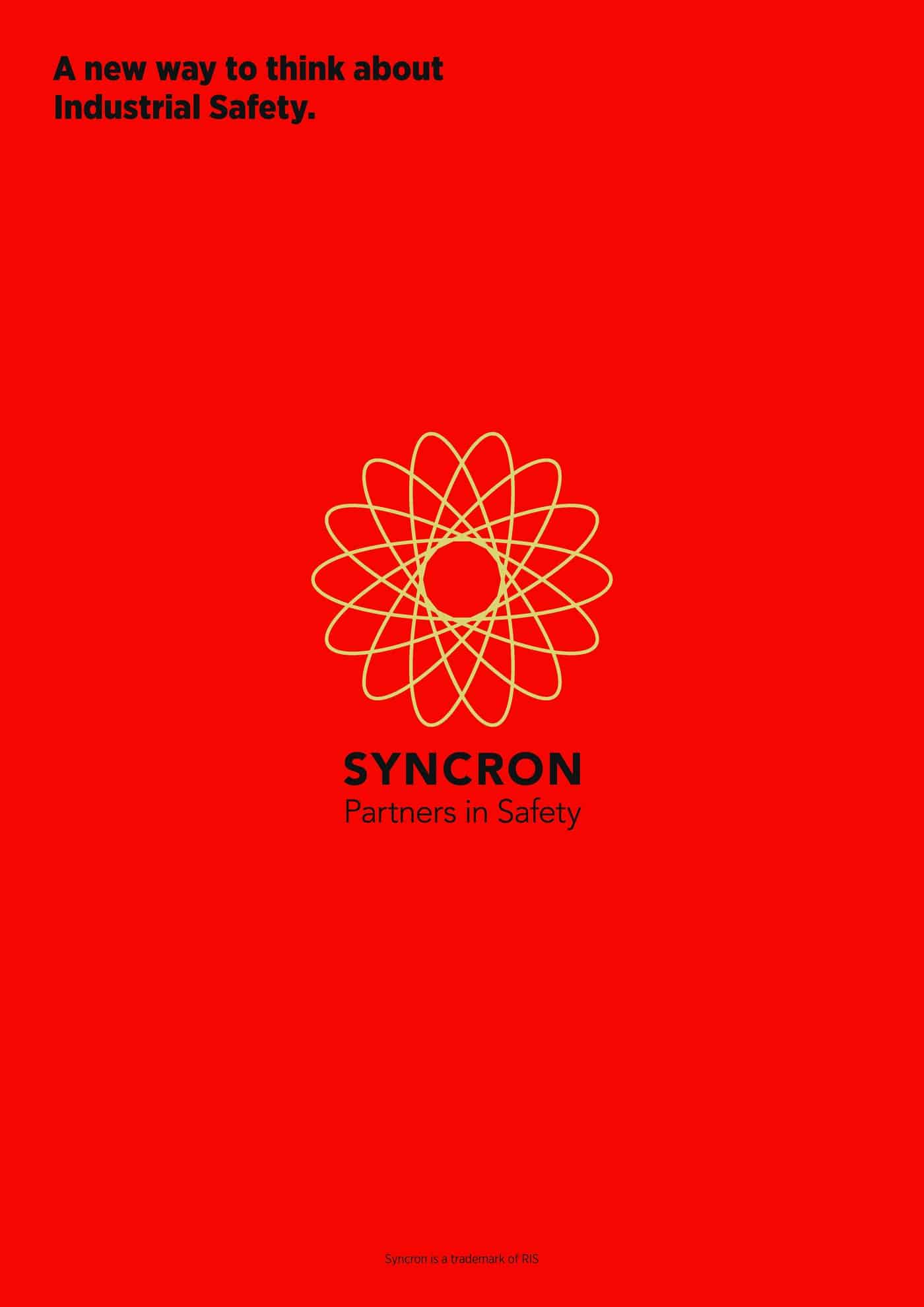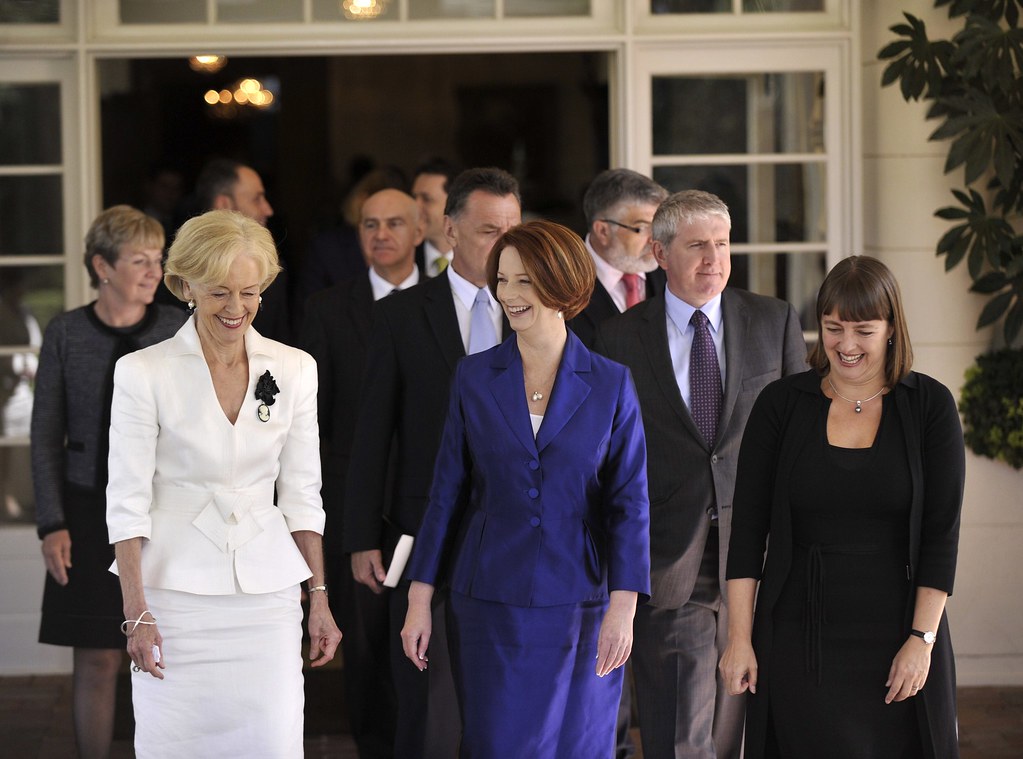A safety colleague showed me an old book about workplace safety that his father had found in a book sale. It’s called “Safety on the Job” and was produced by the Master Builders Association of Victoria “for free distribution to the Building Trade” around 1959. The cover mirrors the iconic Australian cartoon from 1933 by Stan Cross.
 On the cover is a stamp saying “J Division”. J Division was part of Melbourne’s Pentridge Jail, the section for:
On the cover is a stamp saying “J Division”. J Division was part of Melbourne’s Pentridge Jail, the section for:
“Young Offenders Group – Later for long-term with record of good behavior”
The publication is not specifically designed for young workers but there is some excellent information, for the time, included on “standard crane whistles”, explosive power tools regulations and trenching.
Most intriguing is the chapter “Common Sense Suggestions for Managers, Supervisors, Foremen and Safety Officers, etc.” It is surprising how many of the suggestions remain relevant today. Perhaps the booklet was trying to generate common sense rather than reflecting it. Below are the first ten suggestions.
- “When you make your daily rounds it is your job to make them a hazard-hunting inspection as well. Continue reading “Grandad’s safety rules remain relevant over 50 years later”




